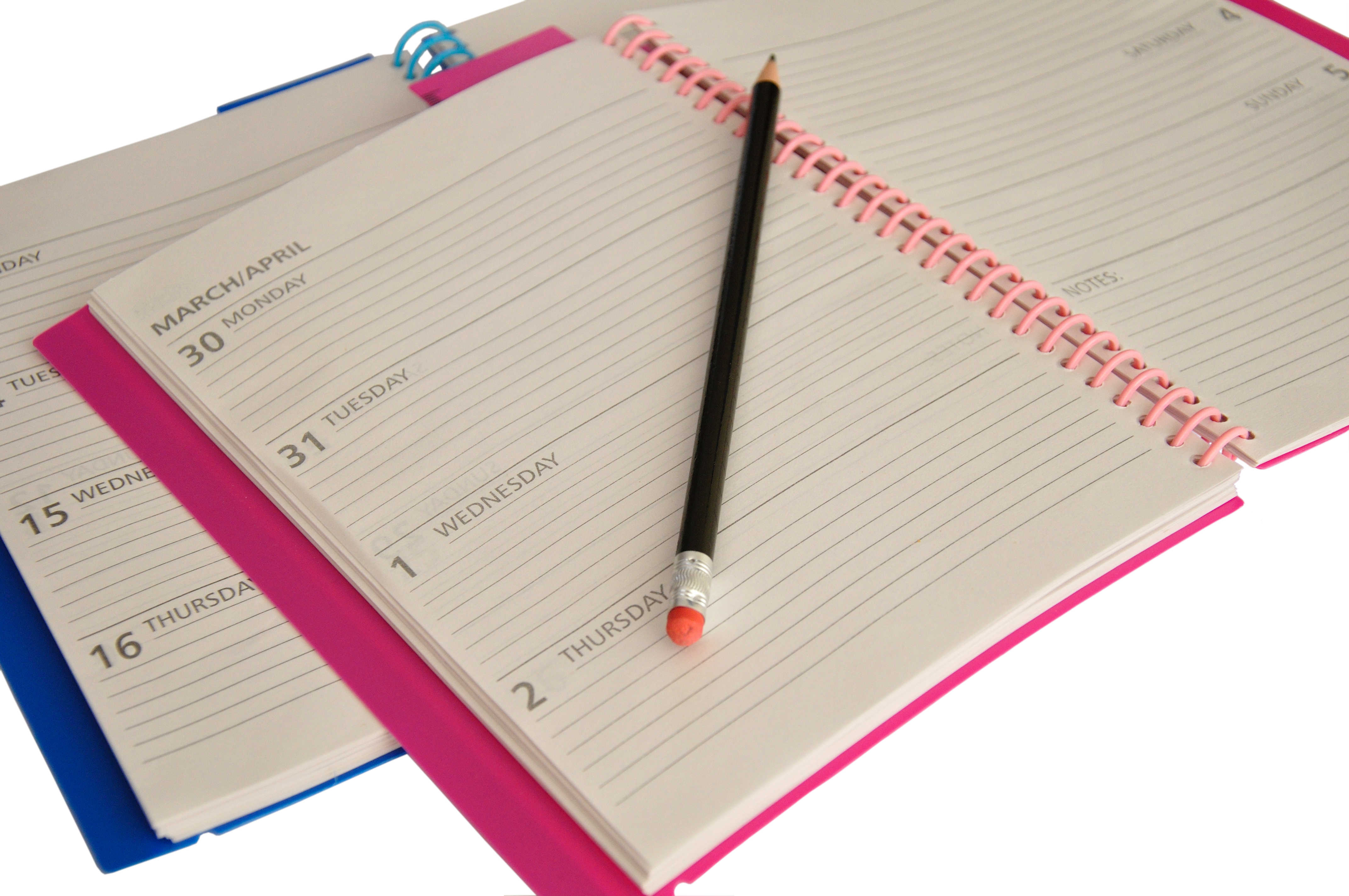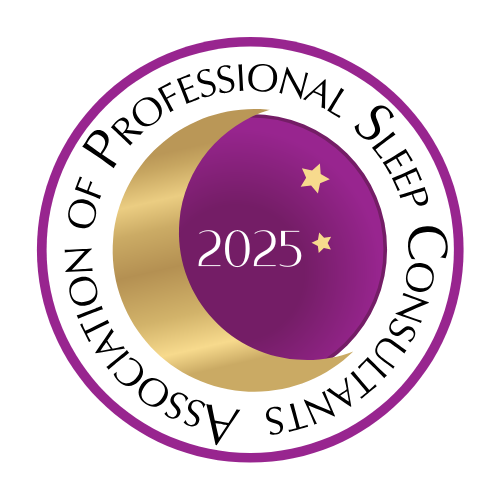How to Find the Right Baby Sleep Schedule
Author Name: Heidi Holvoet, PhD
To set up the best baby sleep schedule, you need just 2 ingredients:
- Typical average sleep schedules by age (shown below) - including wake up time, wake windows, nap times and bedtime, and
- Your baby's own specific sleep needs (detailed below) - these are so important! and these needs are often surprisingly different from the averages!)
There's one very simple goal to keep in mind: avoid over-tiredness for your baby.
That's the golden rule that'll make your scheduling decisions so much easier and will help secure that best-fit schedule.
A sleep schedule is easy to set up, and important. It helps your baby to tune in to a good circadian rhythm which makes it easier to fall asleep, take better naps and helps with sleeping through the night.
Typical baby sleep schedules by age
The typical average sleep schedules below are helpful to give you an easy starting point when setting up your baby's schedule, or to reassure you that you're on the right track at any given time.
Use these times and wake windows carefully though: trying to follow the averages too strictly, can conflict with what your baby truly needs and can cope with. Always factor in your baby's personal needs, as explained in the next section.
- 0-4 months : no real schedule, naps are on demand, typically 4-5 naps of 30-60' and with 45-90' wake windows
- 4-6 months : early schedule in sight, 4 naps reducing to 3 by 6 months, increasing in length from 30-60' to 60-90', with increasing wake windows to 2-2.5h. Last nap of the day usually shortest
- 6-12 months : schedule, 3 naps reducing to 2 naps toward 12 months, 2-2.5h wake windows increasing toward end of the day
- 12-15 months : schedule, transition to 1 nap, 4-6h wake windows
- 15 months+ : schedule, 1 nap, 4-6h wake windows
Your baby's unique sleep schedule needs
The most important important thing to keep in mind when aiming for your baby's most successful schedule is this:
Contrary to what many want you to believe, there's not a single pre-fab schedule that's your baby should follow at a given age.
Your baby's optimal sleep schedule is in tune with their precise needs in terms of when to sleep, how much to sleep and how many times a day, and how long to be awake between sleeps.
Here's how:
- Start from your current schedule or from an example schedule as above and the researched wake windows by age
- Keep a journal for 3-5 days, with focus on behavioral sleepy signs, or simply write down your findings of nap and sleep times the past week
- Finetune your baby's sleep schedule with what you've learned from the journal / your notes
- If you're unsure or what you've tried doesn't work out, or if keeping a journal isn't really doable, you can easily ask me directly in one of the supported group programs or a quick 1:1 consult.
Your notes and/or our exchange will give you a ton of information about when your baby could, and should, sleep best. It's important we not only look at "pre-scribed" times and wake windows but really include behavioral sleepy signs: i.e. how your baby feels and acts at any given level of tiredness.
This'll make you a pro at reading your baby's sleepy signs and that's essential to setting up that perfect, best-fitted baby sleep schedule, at any age.
Why a sleep schedule?

A sleep schedule is nothing more than a simple day-night planning you set up for your little one.
It's like a daily agenda for sleeping times, set around the feeding schedule, playing, bathing and other activities (like giving mommy the cutest smile ever 😍).
Of course - and luckily! - babies are no machines so do not think of this schedule as a rigid time regime.
While providing your child with a predictable rhythm, it'll always need to be flexible enough to adapt to their, and your (!) needs of the day.
A sleep schedule may involve timed moments (like "1.15pm is bed time"), or it may be built on a regular set of cyclic events ("eat, play, then sleep"). Which option you choose depends on their age, your own personality and, most of all, on what is best for your little boy or girl.
To help you find out which type of schedule/routine best fits your baby, I've developed an easily doable step-by-step program: see my No Tears Naps aka "Nap in a Snap" guide or incorporate it as part of helping your baby sleep through the night.
The circadian rhythm
We're all on a
given daily
cycle, the circadian rhythm. That means that,
naturally, we have "high points" and "low points" of activity in each
day. At the low points (night time and siesta time) our body will be
very happy, and ready, to sleep.
A well-suited
regular sleep schedule helps reinforce this
process.
Newborn
babies do not have this well established
circadian rhythm yet. Their true day (= active) and night (= quiet)
rhythm
usually doesn't develop until the age of 3 or 4 months.
Developing this day/night rhythm similar to ours is one of the crucial
early baby milestones.
A regular nd recognizable routine helps support this development. See the newborn schedule
page for how-to details.
Regular sleep is vital for good sleep
This is true for babies and for older children and adults too.
Regular bedtimes are very recognizable and therefore comfortable for our body. It's how sleep works, it likes to be programmed.
As we get used to sleeping at these given times, we will feel drowsy at these times and find sleep easily.
Three good reasons why an infant sleep schedule helps your baby sleep well
-
Regular nap and night bed times make it easier for your baby to settle and start a good sleep.
-
Well chosen daytime sleep moments help toward longer naps.
-
Last but not least, regular naps during the day have shown to have a positive effect on nights. Optimal nap scheduling leads to easier settling, sleeping longer stretches at night and eventually, help your baby sleep through the night.
What if your baby doesn't seem to need a schedule?
Although most babies thrive on a schedule, some do not seem to need much structure. They'll simply sleep at any time, usually also in any place. If that's your baby, and the flexibility suits you well, by all means there's no obligation to install a schedule.
But if sleep is or becomes an issue at some point, more regularity helps.
The following articles discuss further specifics for a baby sleep schedule at different ages: Newborn, 1-4 months, and 4-12 months.
Article Author: Heidi Holvoet, PhD - Founder, senior sleep consultant

Heidi Holvoet, PhD, is the founder of the Baby Sleep Advice website and movement, an award-winning author, baby & toddler sleep consultant with 17+ years experience as well as a certified lactation counselor.
Over the years, Heidi has received several awards inluding a Mom's Choice Award (MCA) and National Parenting Awards (NAPPA) for her Baby Sleep Advice website, programs and books. Also, Baby Sleep Advice was awarded "Most Trusted Infant's Sleep Solutions Company 2023" in the Benelux Enterprise Awards 2023.
Heidi continually conducts personal research and participates in continued education and in that way stays up to date with current scientific and pyschosocial infant care.

She is also a member of the Association of Professional Sleep Consultants of which she was one of the earliest contributors. She obtained her PhD degree in physics at the University of Ghent in Belgium.
Heidi is passionate about helping babies and their parents sleep more and better, with her trademark holistic and truly-no-tears approach that has been proven and praised time and again by parents worldwide to be effective and truly no-tears. Respect for you as a parent and your baby, is at the heart of Heidi's warm and kind support. Her approach always keeps in mind a baby's needs and abilities at any given age, is based on pediatric science and the most up to date knowledge in infant care and sleep science.
As well as the award-winning baby sleep programs, Heidi offers popular 1:1 consults and easy-access 30-minute SOS Sleep sessions.

Self Soothing
by Heidi Holvoet, PhD

What to do when your baby wakes every hour
by Heidi Holvoet, PhD

Separation Anxiety
by Heidi Holvoet, PhD

Colic
by Heidi Holvoet, PhD

Why does my baby wake up every hour?
by Heidi Holvoet, PhD


